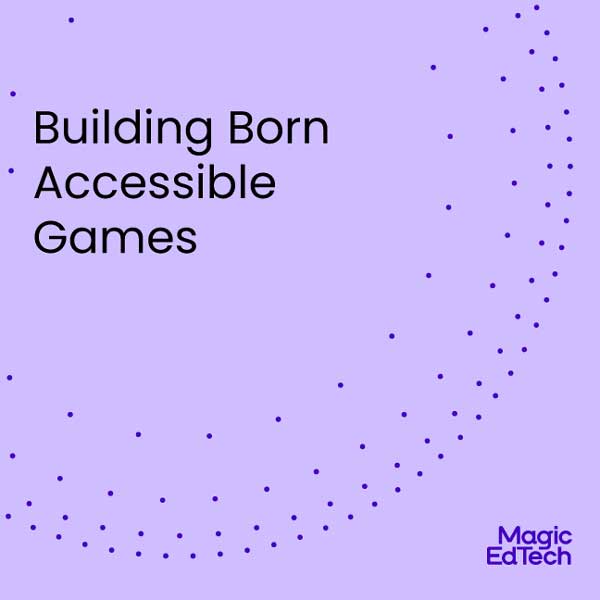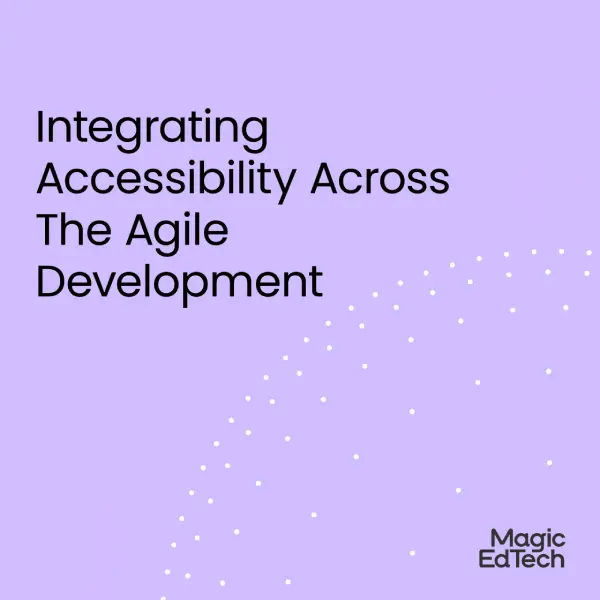Assessing Your Accessibility Audit
- 19 October, 2022
- Reading Time: 4 minutes
There is a lot of information available about accessibility, its definitions, compliance laws, technical standards, usability requirements, alternative pathways…where do you begin? One place to help you get started is to understand where you are in your accessibility journey. For digital technologies, a good starting point is to engage in an accessibility audit.

An accessibility audit is an assessment of your digital technologies performed by accessibility experts. Accessibility audits should utilize a combination of automated and manual testing, including using assistive technologies. There are several free tools available that can provide baseline data on some elements, such as color contrast violations and missing alt text. But the automated tools are not able to provide the detailed information and review that accessibility auditors can.
The depth and breadth of the audit depends on your needs and the scope. Many audits focus on assessing an entire platform or product in multiple environments. This could include multiple devices, multiple browsers, and multiple screen readers. Audits can also be performed on specific digital assets such as documents, video players, stand-alone interactive elements, and so on. If you’re not sure where to start, your audit team can help guide you in defining your scope, so that your audit is tailored to best support your business’ needs.
Things to consider as you look to engage in an accessibility audit:
1. What is the goal for your audit?

There are different types of audits to support different needs. If you’re new to the accessibility space, you might want to begin with an audit of your main website before diving into all of your product offerings. Likewise, you may have implemented changes from data you received from a previous accessibility audit, and you want to assess the progress that has been made.
Understanding why you are engaging in an audit will help you to define your scope. You will also want to consider what level of Web Content Accessibility Guidelines (WCAG) the testing should align to.
2. How do you read an audit report?

The audit report may be very technical in nature, and that’s okay. An audit report should include details around WCAG violations. These details should include where the violation occurs; the steps that were taken while uncovering the violation; why it is a violation; and perhaps most importantly the recommended corrective action. Having this data is important, but it’s also key that you understand what to do next.
Ask for your auditors to explain the report findings in layman’s terms (if you’re not a technical person). This will help you to communicate the accessibility status to your customers.
3. How much support do you need after the audit is over?

Once the audit report has been explained to you, what are you going to do next? In most cases, remediation engineering is the next step. The strategic prioritization against the data from the audit report can be used to create a backlog. You should engage in regression and smoke testing to verify that the changes are being implemented correctly.
The report data can also be used to complete an Accessibility Conformance Report (ACR), which is a document that includes a Voluntary Product Accessibility Template (VPAT). The VPAT is a standard form (like a report card) that uses the audit data to show compliance with each WCAG standard. The VPAT can also include Section 508 and EN 301 549 standards, depending your needs.
Engaging in an accessibility audit has a lot of benefits. It highlights where you are on your path to accessibility, and it provides information to help you improve access for all. The data supports your ability to effectively communicate your accessibility status to your customers. It can also support your internal needs for investment and continuous training. If you’re interested in learning more about how Magic can support your accessibility audit needs, let us know! We are here to help bring digital learning to everyone.





